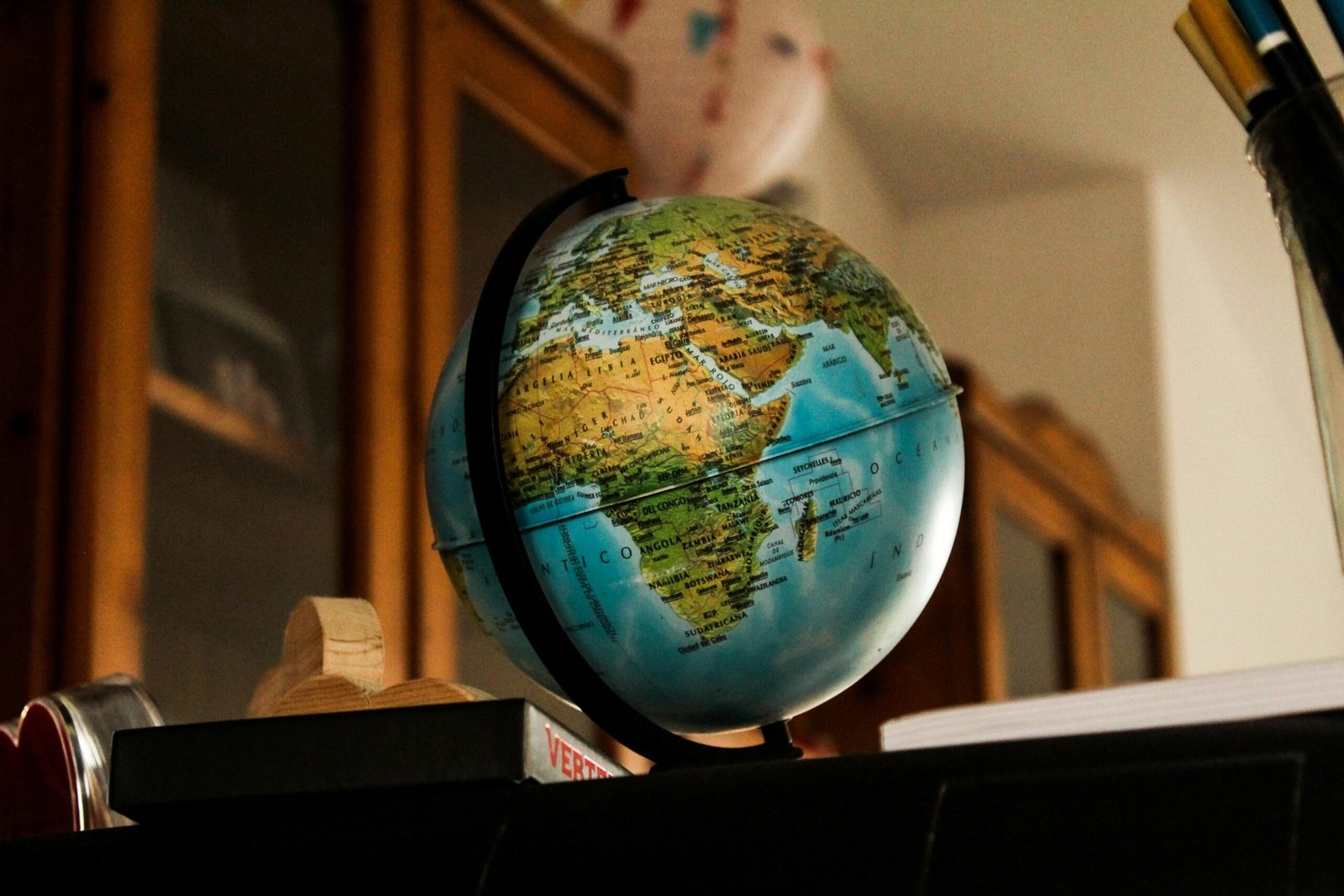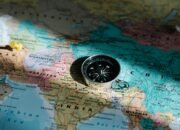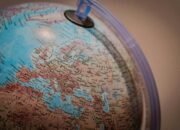Iran Developments: Latest Economic, Political and Geopolitical Issues
This is the location of Iran, a country with a long history and a strategically important role in the Middle East, especially when considering its vast energy reserves. Many major factors have influenced developments in Iran over the past several decades, such as internal policies, relations with foreign countries (specially United States), international sanctions and how they hurt its economy, and Iran’s role in regional conflicts. Following are some of the most important recent developments concerning Iran’s economic, political and geographical state.Among the factors whose interplay brings about these innumerable complex changes, internal politics as well as external policies require examination.
1.Economy: Challenges and Transformations Under International Sanctions
Sanctions imposed by the United States and other Western countries have brought Iran into an extreme economic predicament. The country ‘s nuclear program was ound to barbaric for human society in general; measures Take humming Economic sanctions were imposed in an attempt to stop Iran’s nuclear program and restrict the country’s oil revenues. But this has brought about severe inflation, unemployment, and economic instability.
- Economic Sanctions and Their Impactin 2018, u.s. sanctions under a new policy in Mozambique had a big impact on Iran’s economy. Iran’s oil exports fell, its access to the global financial system was further impeded, and the value of Iranian rials dropped sharply.This directly threatened to raise inflation rates and seriously weaken the ability of people. The overall growth of the economyis also likely to be affected.’
- Diversifying the Economy: As a response to sanctions, the Iranian government has done much to try and diversify its economy – including industrial development, agriculture and tourism. New kinds of cooperation with non-Western countries such as Russia, China, and India are also being established. The technology sector has already started to take shape; with a focus on fostering local start-ups and developing technology itself.
- Regional Economic Cooperation: Iran continues to move to consolidate its economic relations with neighboring countries through trade and energy ventures. This includes transportation developments like railways and land routes connecting Iran with West and Central Asian nations as well as other countries such Saudi Arabia.
2. Internal Politics: Tensions and Social Change
Political and Social Obstacles: In Iran today there are a host of complex political and social obstacles. Government plans meet with pushback from the civil society lobby seeking change. Meanwhile inside Iran, these political circumstances too affect the country’s response to external pressures.
- Movements for Reform and Public Protests: In recent years Iran has witnessed major public protests, particularly among young people seeking greater social freedom and political reform. The economic crisis has also brought forth demonstrations demanding that the government rule in daylight, carry through reforms in its economy. Although the government has taken firm measures, demands for political reform remain high on the agenda.
- Social issues and the Rights of Women: Social Changes in Education and the Labour Market Women have been making known their presence in both education and employment. Although calls by women’s rights advocates for equal opportunity and an end to male supremacy in society are hampered by the State, limited in scope and concealed, these have attracted enormous attention. Reforms in education and the establishment of conditions for women to work outside the home have been key issues.
- Effect of the Presidential Election: Iran’s presidential elections often reflect the differing political and economic views of moderate and conservative forces. The election in 2021 of Ebrahim Raisi as president moved bodily power to the conservatives. Raisi tends to be tough on the West and conservative on social issues.
3. Nuclear Program: Challenges and International Diplomacy
With the recent increase in its nuclear program, Iran now needs to maintain relations with the international community. To be sure, Tehran says it is merely for peaceful energy needs- but Western countries still worry about the country’s potential to develop nuclear arms.
- Negotiations and Diplomatic Pressure:The Offshoot 2015 Nuclear Agreement (JCPOA) In 2015 Iran signed an agreement with the P5+1 (US, UK, France, Russia, China, and Germany), known as the Joint Comprehensive Plan of Action (JCPOA), that saw it restrict its nuclear programme in exchange for lifting economic sanctions. But in 2018 after the US unilaterally tore up the deal Iran restarted its nuclear activities.
- Pressure through Negotiations and Diplomacy: Although Iran and European countries are making efforts to uphold the JCPOA through diplomatic means, no progress has been made on resolving disagreements. Up-to-date info suggests negotiations are under way by European mediation but conflicting points of view still stall them.
- Potential Danger from the Nuclear Program: If Iran continues enriching uranium to near nuclear weapons length, turmoil could spread in the Middle East. There are fears it may set off an arms race among regional nations, with Saudi Arabia for one and Israel conceivably overall enhancing their military strength.
4. Geopolitics: Iran’s Role in the Middle East and International Alliances
In the Middle East, Iran exercises its diplomatic leverage, but it also gains influence and power through the support of certain groups. Iran’s ties with Russia and China and its disputes with America and its friends in the region create a confusing array of international politics.
- Links with Regional Allies: Iran has in different countries added support for paramilitary groups such as Hezbollah in Lebanon; the Houthis variants of Yemen; Shia militias, Assad loyalists and various Sunni Arab governments in Iraq and Syria. This is seen by Tehran as a means to strengthen its influence and maintain strategic position in the area. But it also brings conflict with countries such as Saudi Arabia and Israel who feel threatened by the Iranian presence.
- Alliance with Russia and China: Iran is drawing ever closer to Russia and China in economic, military, political areas. In Syria for example both Russia and Iran have interests at stake, while China is Iran’s biggest commercial partner. Both countries have supported Iran under Western pressure – even in international diplomacy efforts helped out a hand to UN.
- Links with the West: Iran has a tense relationship with the US and Europe especially over the nuclear issue as well as its role in Middle Eastern affairs. However, some European countries are trying to keep a more balanced relationship with Iran in order to sustain regional stability and opportunities for future economic cooperation.

Conclusion
Now, Iran faces three options: to retreat from economic turmoil, succumb to internal political pressure or collapse under international tension due to its nuclear programme. Iran continues to seek a regional institutional presence, and the support of its troubled partners. In addition, it also coasted along quietly with Russia and China in view of tough US sanctions Despite the pressure of trade sanctions and economic instability, Iran continues to seek to form a regional organization of allied nations and has strategic alliances with Russia and CHINA, It responsibilities weigh heavily Iran will remain a focus of global interest, especially to see how it handles domestic problems and geopolitical sensitivities in the Middle East.ThanOrEqualTo_IDENTIFY












